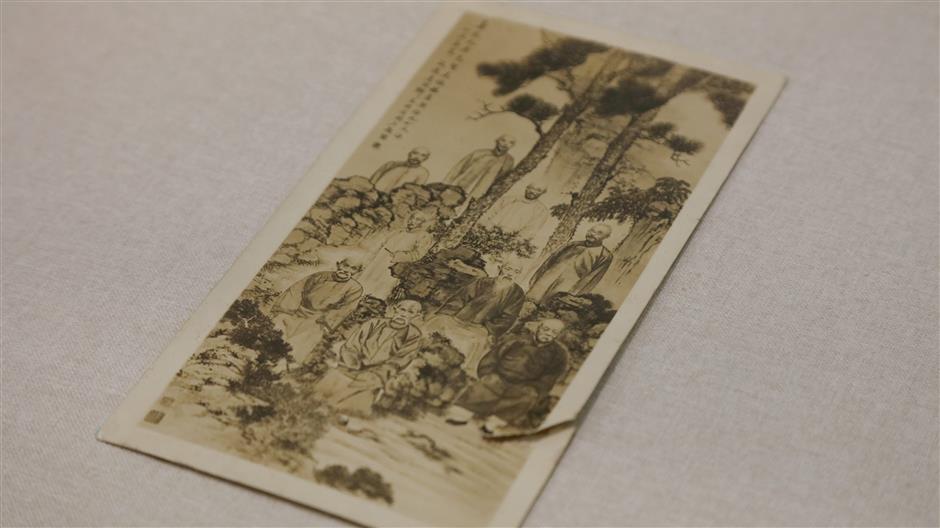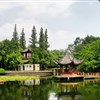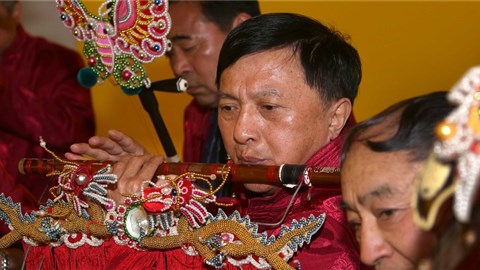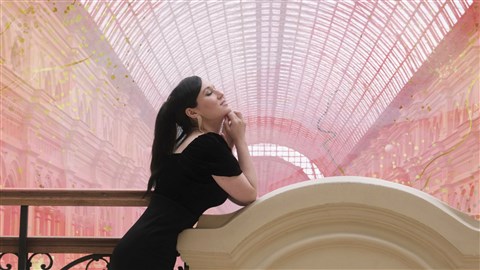Exploring the art and heritage of Qiuxiapu Garden
Qiuxiapu Garden, the oldest and best-preserved among Shanghai’s five classical gardens, is a fine example of Ming Dynasty (1368–1644) gardens.
The ongong exhibition “Treasure of Ming Gardens: Qiuxiapu Garden,” held at the Jiading Museum through December 18, highlights the garden’s history, architectural aesthetics, cultural relics and ties to Jiading’s heritage.
Through historical documents, stone carvings, calligraphy, paintings and archival images, visitors gain insight into the garden’s history and significance.

The “Nine Elders of Jiading” depicts a gathering of literati in Qiuxiapu Garden on the Double Ninth Festival in 1936.
Qiuxiapu Garden is not only a treasure of garden art but also a refined meeting place of the literati. Among the exhibits, the “Nine Elders of Jiading” painting stands out, which depicts Zhao Mengsu (1868–1938) and other elders meeting in the garden in 1936.
“Zhao Mengsu, a renowned figure in Jiading’s art history, excelled in calligraphy, painting, seal carving and bamboo engraving,” said a museum docent. “Many inscriptions in Qiuxiapu Garden were created by him.”
The architecture of Qiuxiapu Garden is enhanced by the presence of plaques and couplets.
The exhibition showcases a couplet by Gu Zhenle (1915-2021), a calligrapher and painter from Jiading. His work demonstrates his remarkable calligraphic skill and reflects his passion for the garden’s landscape.
The Jiading Museum provides various activities to enhance the experience of visitors. They can learn about the garden’s history and culture from the exhibition and immerse themselves in the Jiangnan-style garden.
















